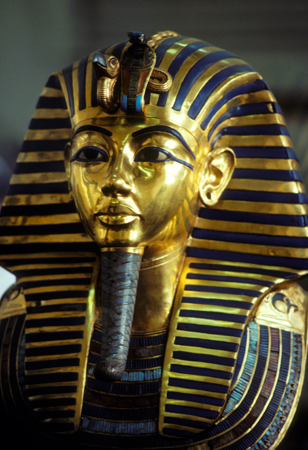 A number of issues arise when photographing artwork in galleries and museums. The first is that the museums and galleries themselves may prohibit photography and incorporate this restriction within the relevant conditions of entry. Anyone photographing artwork on the premises may therefore be asked to delete their images or even leave the gallery or museum. Two reasons are typically quoted to justify a ban on photography. The first is that photographing original artwork infringes the copyright of the artist, and the second is that the use of flash may cause long-term damage to the artworks themselves. In an age where every visitor has a mobile phone which typically defaults to using flash in low-light conditions, it is easy to understand that a well-known artwork is likely to be subjected to millions of flashes over extended periods.
A number of issues arise when photographing artwork in galleries and museums. The first is that the museums and galleries themselves may prohibit photography and incorporate this restriction within the relevant conditions of entry. Anyone photographing artwork on the premises may therefore be asked to delete their images or even leave the gallery or museum. Two reasons are typically quoted to justify a ban on photography. The first is that photographing original artwork infringes the copyright of the artist, and the second is that the use of flash may cause long-term damage to the artworks themselves. In an age where every visitor has a mobile phone which typically defaults to using flash in low-light conditions, it is easy to understand that a well-known artwork is likely to be subjected to millions of flashes over extended periods.
A further complication is that a photograph of an original artwork may not automatically acquire the copyright of the photographer, as would normally be the default situation in the UK. The legal situation may of course be different in other countries. Other issues may arise from difficulties in defining whether an artwork is original and whether the use of any images created is non-commercial.
Artists may also require good-quality images of their own artwork. These may be needed to present their work to a gallery, create a portfolio or catalogue of their work etc. Under these circumstances the images should be created very carefully. Those who do not have appropriate photographic skills or equipment are well advised to get the work done by a professional photographer.
Important aspects of images of artwork are accurate colour control, proper alignment and squaring of each image, good exposure and even lighting free from glare or highlights, and a suitable uncluttered background.






